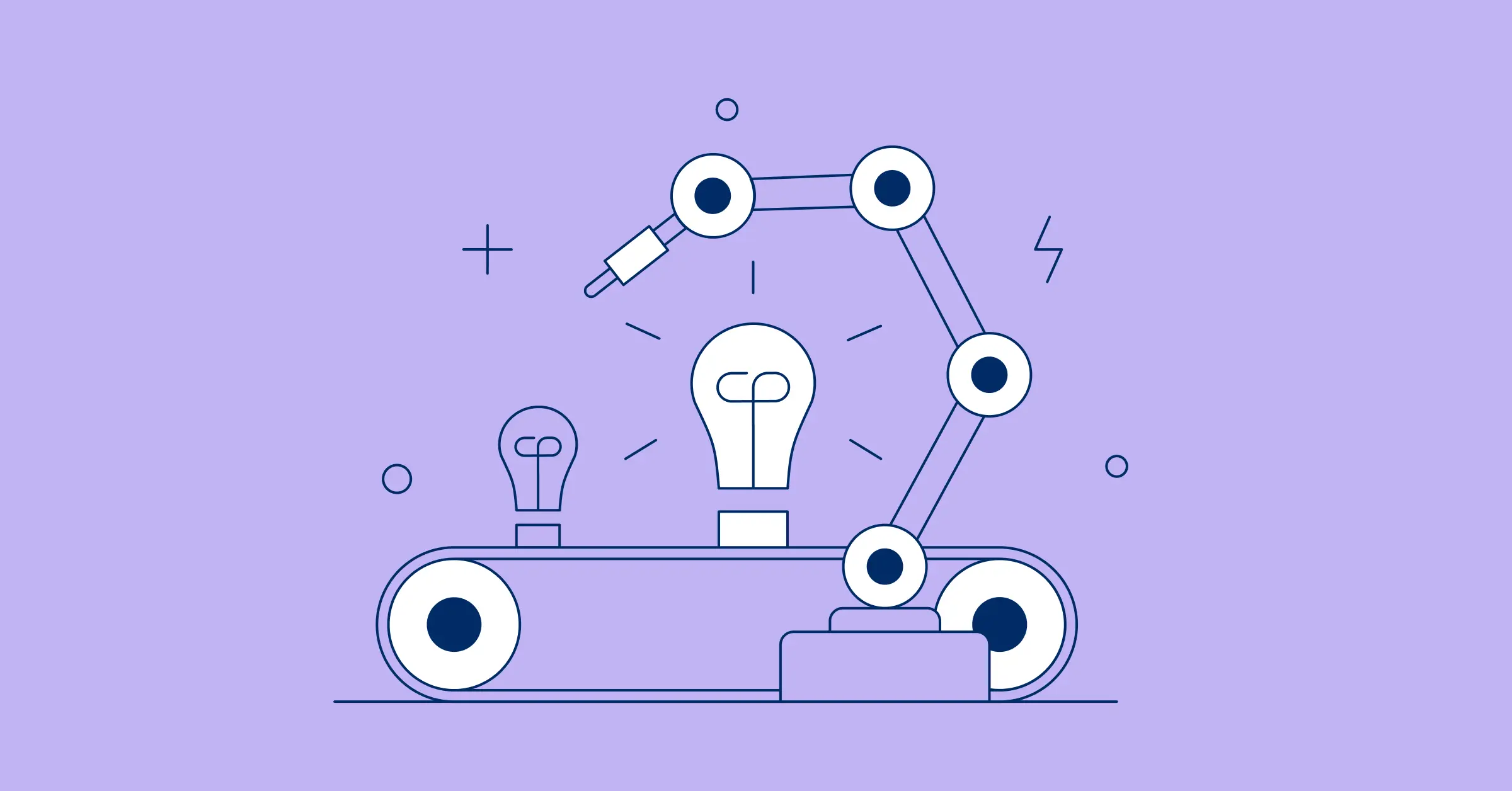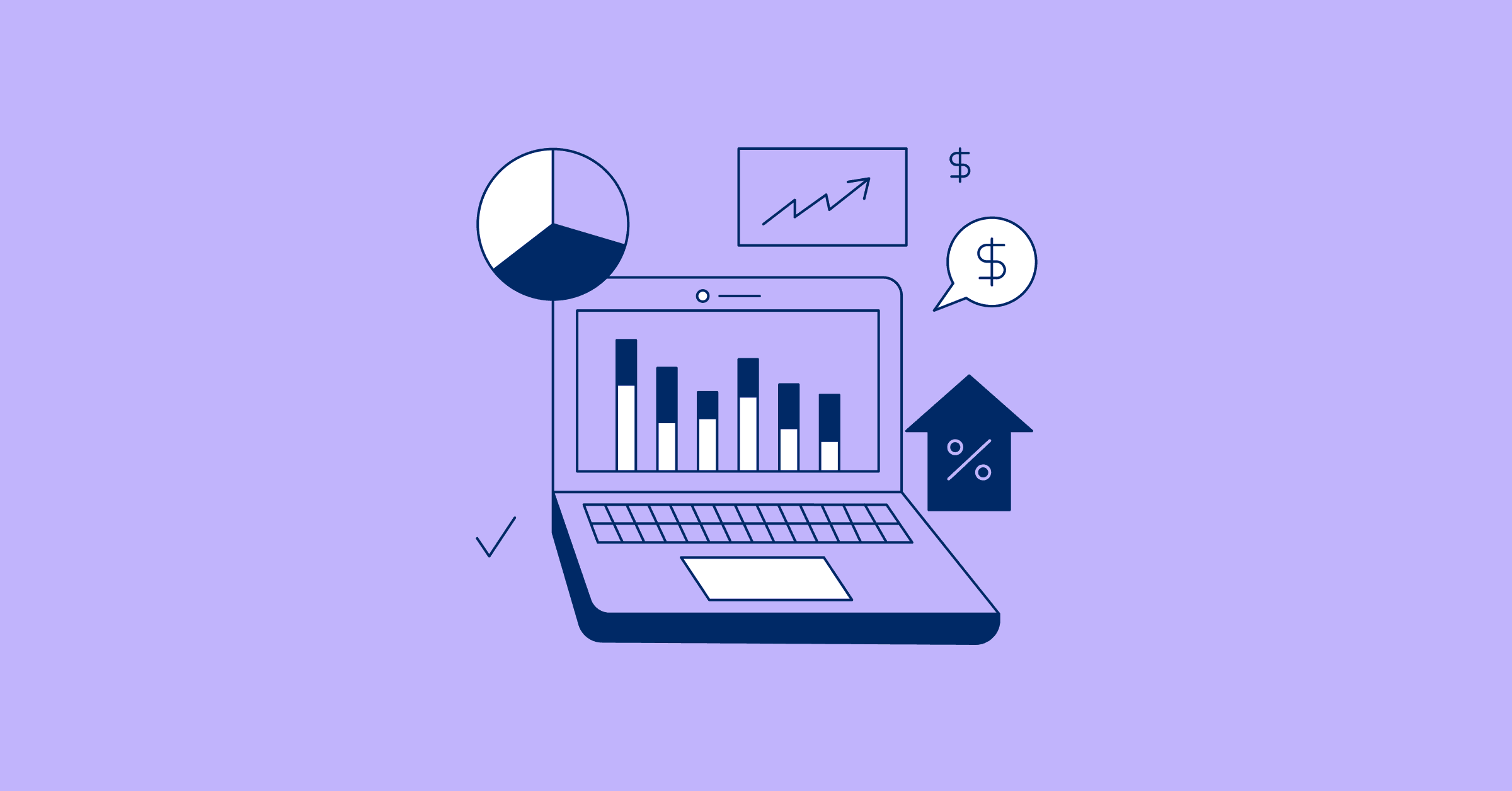November 03, 2022
Direct vs. Indirect Procurement – What’s the difference?

Sign up for our newsletter
Stay informed with the latest trends and best practices in finance and procurement.

Over the past decade, the importance of procurement in the corporate world has increased substantially. Given its connections with vendor management, particularly with regards to ongoing relationships, procurement is so essential that businesses would grind to a halt without it.
In a broad sense, procurement in an organization manages the acquisition of goods and services that enable day-to-day business operation, not to mention the creation of products sold to customers. More specifically, procurement and its related functions divide into indirect and direct procurement, the details of which are explored below.
This article will cover the following topics:
- What is Direct Procurement?
- What is Indirect Procurement, and how can it save businesses money?
- Comparing Direct & Indirect Procurement
- The Procure-to-Pay Cycle
- Adopting a Digital Procurement Solution
What is direct procurement?
Direct procurement refers to the acquisition of goods, services, or raw materials used to produce goods intended for the end-user. In this case, direct procurement is an umbrella term that encompasses the many processes and stakeholders involved in a product’s lifecycle, which includes:
- Manufacturers
- Logistics
- Supply Chain Management
- Suppliers
- Product Design
- Sourcing
- Quality Assurance
- Accounts Payable
These processes help to illustrate the importance of direct procurement in end-to-end business models. It makes its presence known at every step in a variety of industries, such as:
What is indirect procurement, and how can it save businesses money?
Indirect procurement references all costs and processes associated with keeping the lights on. Moreover, processes involved with indirect procurement are not related to manufacturing but are instead concerned with the maintenance of day-to-day business operations. These can include, but are not limited to:
In addition to keeping businesses active, indirect spend can strongly affect their financial well-being. In and of itself, this benefit also assists with keeping companies in business. Indirect spend can save businesses money by:
- Reducing Unaccounted Spend
- Streamlining Purchases
- Consolidating Suppliers
- Implementing Automation Procedures
Comparing Direct & Indirect procurement
Ultimately, the difference between direct and indirect procurement comes down to function. Though both prioritize cost-efficient spending, the contrast between the procurement types concerns those affected by said practices.
On the one hand, direct procurement has to do with goods manufactured for the end-user. On the other hand, indirect procurement affects the business internally, without concern for the end-user. Beyond the theoretical, indirect and direct procurement differentiate themselves in the following ways:
The Procure-to-Pay Cycle
Regardless of whether businesses are focusing on direct or indirect procurement, they are ultimately beholden to the broader tenets of procurement as a whole. In the corporate world, the lifespan of procurement is commonly represented as a cycle known as Procure-to-Pay, or P2P. This cycle, which details the procurement process from supplier identification to final payments, is comprised of the following three stages:
1. Requisition of goods or services by a business from a vendor/supplier
2. Approval of spend as dictated by policies concerning authorization workflows
3. Purchase Order creation, which reflects requisitioned items, plus Terms & Conditions
Adopting a Digital Procurement Solution
Procurement and vendor management processes have shifted from analog to digital over the past few years, thanks to the advent of Fintech. As a result, the benefits of digital procurement solutions have made themselves readily apparent. One such Fintech solution is PayEm, which presents its platform as an all-in-one connected finance solution, which includes procurement-minded features for both direct and indirect variants.
PayEm’s ethos concerning procurement takes the P2P cycle to the next level by introducing their request-to-reconciliation, or R2R cycle. R2R expands the P2P cycle on both ends to encompass fund requests before requisition, along with the payment method, transaction, reconciliation, and ERP synchronization steps that follow the purchase order creation. Furthermore, since the PayEm platform is all-in-one, its features encompass the entirety of the R2R spectrum. This broad slate enables users to save time and money while boosting procurement- and spend management-related efficiency. For more information, contact PayEm’s experts for a commitment-free, no-cost demo of the platform and its benefits.


